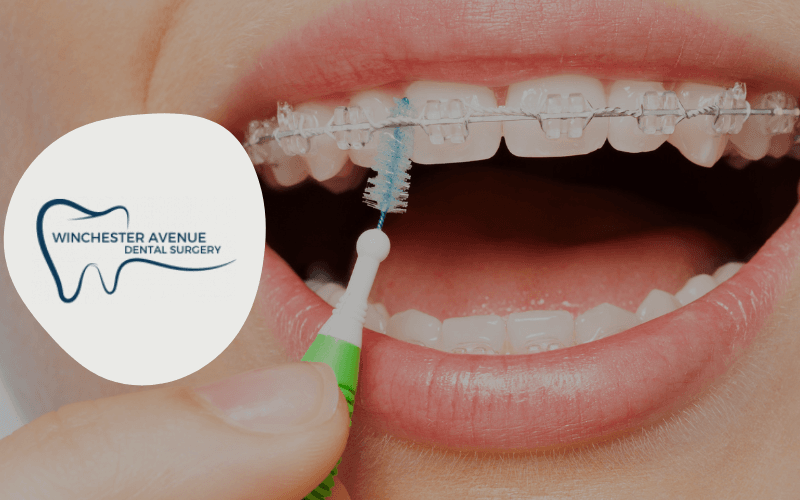How to Use Interdental Brushes for Healthier Teeth and Gums
Interdental brushes are one of the most effective tools for keeping your teeth and gums clean between visits to the dentist. If you've ever wondered how to use an interdental brush properly, or whether it's worth adding to your routine, this article will give you the answers.
At Winchester Avenue Dental Surgery, we regularly recommend interdental brushes to our patients as part of their daily oral hygiene. They are especially useful for reaching the spaces between your teeth that a regular toothbrush can't reach.
What is an interdental brush?
An interdental brush is a small, narrow brush designed to clean between the teeth and around dental appliances like braces or bridges. Unlike dental floss, which can be tricky to use correctly, interdental brushes are easy to handle and offer more control.
Interdental brushes come in different sizes to fit the various spaces between your teeth. Choosing the right size is important to avoid damaging your gums and to make sure you're cleaning effectively.

Why should you use one?
Brushing twice a day is essential, but it doesn’t remove all plaque and food particles. This is where interdental brushes come in. They help to:
- Remove plaque from between the teeth
- Reduce the risk of gum disease and cavities
- Keep your breath fresh
- Protect against gum inflammation
If you're unsure whether you're using your interdental brush correctly, ask us during your dental check-up or hygienist visit.
How to use an interdental brush safely and effectively
Many patients ask us how to use an interdental brush properly. Here’s a simple step-by-step guide:
- Choose the right size: You may need more than one size depending on the gaps between your teeth. If you're not sure, ask your dentist or hygienist.
- Insert gently: Don’t force the brush into a space. It should fit snugly without resistance.
- Move the brush back and forth: A few strokes are enough. Be gentle to avoid damaging your gums.
- Rinse and repeat: Clean the brush under running water after use. Use it once a day, ideally before brushing.
- Replace regularly: Like toothbrushes, interdental brushes wear out. Replace them once the bristles become worn.
Still wondering how to use interdental brushes the right way? Our dental team can show you in person at your next visit.
How often should you use an interdental brush?
Use an interdental brush at least once a day, ideally in the evening. It takes only a few minutes and has long-term benefits for your oral health. For some people with a higher risk of gum disease, twice a day might be better. This can be discussed during your routine check-up.
Does it replace flossing?
Not necessarily. While many patients find interdental brushes easier to use than floss, some very tight gaps might still require floss. In many cases, a combination of both works best.
During your appointment at Winchester Avenue Dental Surgery, we can help you decide what routine is most effective for you.
What if I have braces or implants?
Interdental brushes are perfect for cleaning around orthodontic appliances, bridges, and implants. They provide access to areas that a standard toothbrush can’t reach. Just make sure to use the correct size and be extra gentle.
If you’ve recently had treatment and need help, our team will walk you through how to use an interdental brush for your specific needs.
Book an appointment with us
If you have questions about your oral hygiene routine or you’re ready for a check-up, we’re here to help. At Winchester Avenue Dental Surgery, we offer both general and preventive care to keep your smile healthy.
You can book a dental check-up or hygienist visit quickly and easily online.
Frequently asked questions - how to use interdental brushes
How do I know which size interdental brush to use?
Your dentist or hygienist can recommend the right size for you. It should fit snugly between your teeth without being forced.
Can interdental brushes damage my gums?
Not if used correctly. Be gentle and never force the brush between your teeth.
Do I use interdental brushes before or after brushing?
It’s best to use them before brushing, so you can remove debris and then brush away anything that’s left.
How to use an interdental brush if I have sensitive gums?
Choose a smaller size and use slow, gentle motions. Speak to your hygienist for specific guidance.
Are interdental brushes better than flossing?
They’re often easier to use and more effective in larger spaces. However, tight gaps may still require floss.
